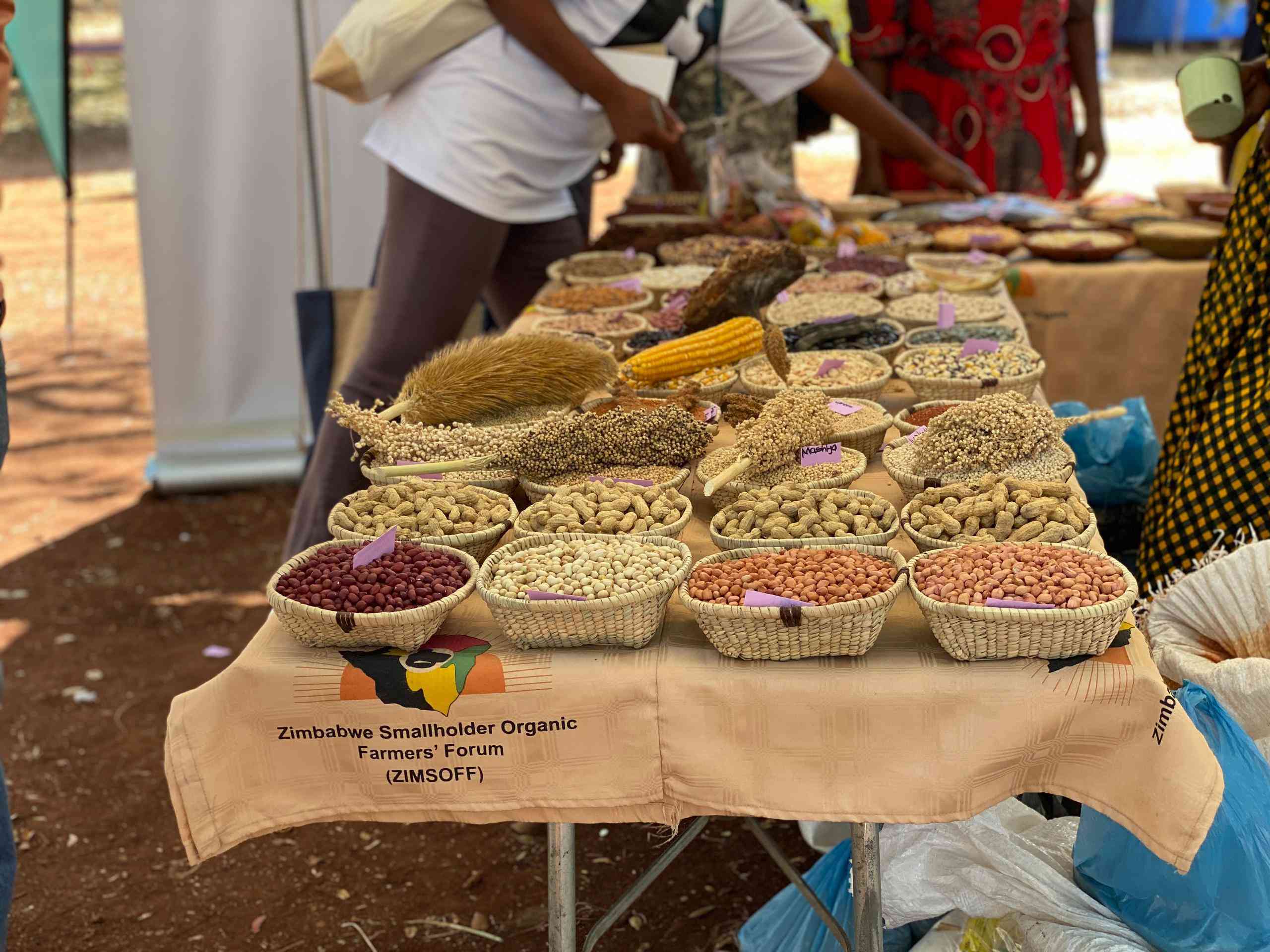
By Eddie Cross I NEVER knew that the cotton plant was indigenous to Africa. Perhaps that explains why it grows well here and is aligned to our climatic conditions.
Even so, Africa plays only a small part, possibly less than 1% in the supply of this essential fibre in global markets. That is a pity, because it is a crop which requires an enormous amount of labour in its production and beneficiation and it is surprising to me that it receives so little attention.
In Zimbabwe, the first recorded commercial production of cotton was in 1926 and its history over the past 100 years, has been very mixed. The main problem which faced the industry in the first half century was disease and pest control and it was only when science addressed those issues that commercial production, on any kind of scale, became possible. The first varieties planted on commercial farms was American in origin because of American leadership in the field of crop variety development at that time.
It was after the imposition of United Nations sanctions on Rhodesia in 1966, following the Unilateral Declaration of Independence, that the crop received serious attention and finally achieved some significance in the agricultural economy. By 1972, the crop was generating 10% of total agricultural output and was playing a major role in the development of the industrial sector, with nearly 80 000 workers employed in the clothing and textile industry.
The reason for this development was the need to diversify away from tobacco which in 1965 represented 80% of all agricultural output and close to 40% of national export earnings. It was the “golden crop”, but any tobacco expert anywhere in the world could immediately distinguish Rhodesian tobacco from other sources of supply making the application of sanctions effective.
It would be several years before the innovative individuals behind the crop were able to circumvent sanctions by blending the local crop with tobacco from other origins and re-exporting it to major clients.
In the interim, the agricultural industry required alternatives and tobacco growers were exceptional in their willingness to apply modern techniques and knowledge to their farm activities. In response to a surge in output, the government formed the Cotton Marketing Board (CMB)) in 1969.
Supported by sophisticated research at the research station outside Kadoma and the Cotton Training Centre, which the farmers themselves financed, the industry expanded rapidly reaching almost 400 000 tonnes in production and making the country second to Sudan in African cotton production.
- Chamisa under fire over US$120K donation
- Mavhunga puts DeMbare into Chibuku quarterfinals
- Pension funds bet on Cabora Bassa oilfields
- Councils defy govt fire tender directive
Keep Reading
The CMB was managed by a board appointed by the Agricultural Marketing Authority and drawn from the farming industry and the industrial sector. Led by some exceptional individuals such as CG Tracey, the CMB was managed on a not-for-profit basis, whose sales proceeds were being used predominantly for producer price support with the board setting a preplanting price, then a delivery price and finally distributing any surplus profit to farmers in the form of a supplementary payment at the end of the season.
The growers supported the research programme which included crop breeding, a field where the Rhodesian research establishment was already making its name as one of the leading crop research programmes in the world.
To meet the needs of the industry, a network of ginneries required to process the seed cotton into lint and cotton seed, was expanded. The CMB was a monopoly and the only private sector ginnery in the Lowveld produced cotton which was sold to CMB for resale.
In 1994, 14 years after independence, the government elected to sell CMB to private operators. It has always been my personal view that the assets of these State institutions were the property of farmers because they had been created by farmers who had ultimately been responsible for the capital and operating costs involved.
The second tragedy of this process was that, as had been the case following the collapse of the Soviet Union, these assets were sold to politically-connected individuals who benefited enormously from the transaction. The board of the newly-privatised enterprise, called itself Cottco and after a short period listed on the stock market as a public company. It thrived for more than a decade and those who sold their shares at that point made a lot of money.
I do not know when the rot set in, but sometime during an intervening period of 28 years, the directors and senior management of the company discovered that they could sell into domestic and international markets at a significant margin and generate surpluses which they could control.
As time went by, this system became more sophisticated with the company establishing its own structures offshore to buy lint from Zimbabwe and resell it to global markets.
In addition to corruption at a high level, many features of the operations of Cottco in the domestic market such as supply of consumables, transport and employment opportunities, were also subject to corrupt and irregular practices and this increased the company’s operational costs substantially.
The main casualty of this process was the primary producer in the form of farmers. The fast-track land reform programme destroyed the Cotton Growers Association which, for the previous 50 years, had represented commercial producers of cotton who would never have tolerated this deterioration in the marketing practices of the main buyer. The small-scale growers who were now responsible for 90% of production, were not organised and did not have the capacity to challenge the activities of Cottco.
One immediate and constructive development that took place during that time was the introduction of a number of competitive companies, which at one stage reached 28. This included some international corporations and for a while this diversified structure was able to maintain the output of the industry. The problem which then arose was one which faced nearly all agricultural commodities, which was how to finance the production of the crop.
The result has been the development of the contract system of cotton production which requires the ginneries to support farm activity with inputs during the growing season on condition that they sell their seed cotton to the contracting company.
The problem with this system is that farmers could circumvent their obligations to the contracting entities and supply cotton to unscrupulous buyers who benefited from the investment their competitors made. In a short time, nearly all the private players with any kind of integrity were eliminated from the industry. The problem for farmers was that the remaining companies, including Cottco, were unable or unwilling to pay an economic price for the seed cotton and consequently, production declined dramatically.
When government control changed in 2017, the new administration lost no time in seeking to put cotton back on its feet. The presidential input programme was launched which supplied small-scale growers with free inputs and arrangements were made to finance the supply of inputs to growers on condition that they sold their produce to Cottco who would then recover the cost of inputs.
This programme has been successful, in that seed cotton production recovered to approximately 140 000 tonnes in 2021. However, the State has been unable to recover its investment in the programme of input supply and financial support and these measures are now being withdrawn. Although the Cottco board has been restructured and the company is suspended from the stock market, the corruption in its administration continues.
The way in which government support has been managed in the past three years has made Cottco an effective national monopoly, but the problem is that, going forward, that in its present condition and under existing management, the company would unable to pay farmers a price which will enable them to obtain a reasonable return on the crop.
In my view this represents a total failure of the privatisation programme which can only be addressed by either complete liberalisation of the market system or the renationalisation of the company and the appointment of a professional board and management. With 500 000 registered growers, this is a major issue confronting the Zimbabwean authorities today. The potential is enormous, but any success starts at the farm gate.
- Eddie Cross in an economist by profession. He writes here in his personal capacity.











